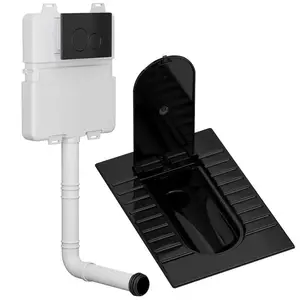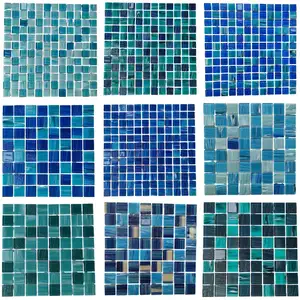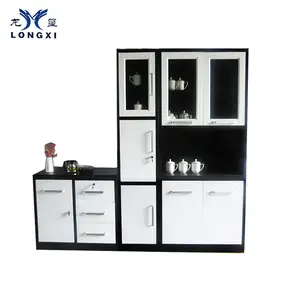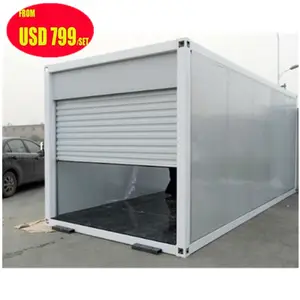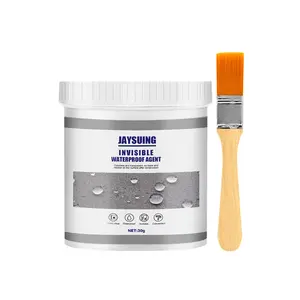Popular in your industry
















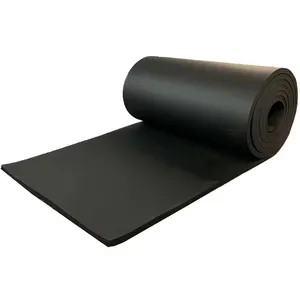



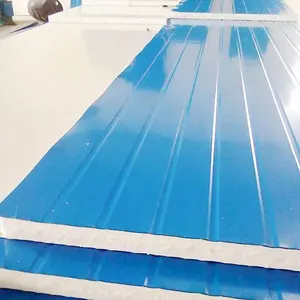



















































Related Searches:




























































































































































Top categories
About roof isolation
Understanding Roof Isolation
Roof isolation refers to materials and methods used to prevent heat transfer between the interior and exterior of a building. This process is crucial for maintaining energy efficiency and comfort within industrial and commercial spaces. The materials used for roof insulation are designed to minimize heat gain during summer and heat loss during winter, contributing to a stable indoor environment.
Types and Materials of Roof Isolation
The variety of roof isolation materials available caters to different needs and structures. Common materials include fiberglass, aluminum foil, and polyethylene (PE), each offering unique insulating properties. Fiberglass is known for its thermal resistance, while aluminum foil reflects heat, and PE provides a balance of insulation and durability. These materials are woven or layered to enhance their insulating effectiveness.
Applications of Roof Isolation
Thermal roof insulation is versatile, suitable for a range of applications. It is used on metal roofs, under shingles, and above ceiling assemblies. In industrial settings, it can insulate large warehouses, protecting goods from temperature fluctuations. Commercially, it is applied in office buildings to improve comfort and reduce energy costs.
Features and Advantages of Roof Isolation
The features of roof isolation products include their tolerance to high temperatures and their ability to reduce energy consumption. These materials are also designed to be eco-friendly, contributing to sustainable building practices. The advantages of installing roof isolation are numerous, including enhanced energy efficiency, improved indoor comfort, and potential cost savings on energy bills.
Selection Criteria for Roof Isolation
When selecting roof isolation systems, it is important to consider factors such as thermal performance, material durability, and environmental impact. The choice of material will depend on the specific requirements of the building and the climatic conditions it faces. It is also essential to consider the material's resistance to moisture and fire when selecting the appropriate roof isolation solution.
Environmental Impact and Sustainability
Sustainability is a key factor in the selection of roof isolation materials. Many options available on the market are made from recycled materials and are themselves recyclable, reducing the environmental footprint of the building. Additionally, by improving energy efficiency, these materials contribute to lower greenhouse gas emissions, aligning with global efforts to combat climate change.
